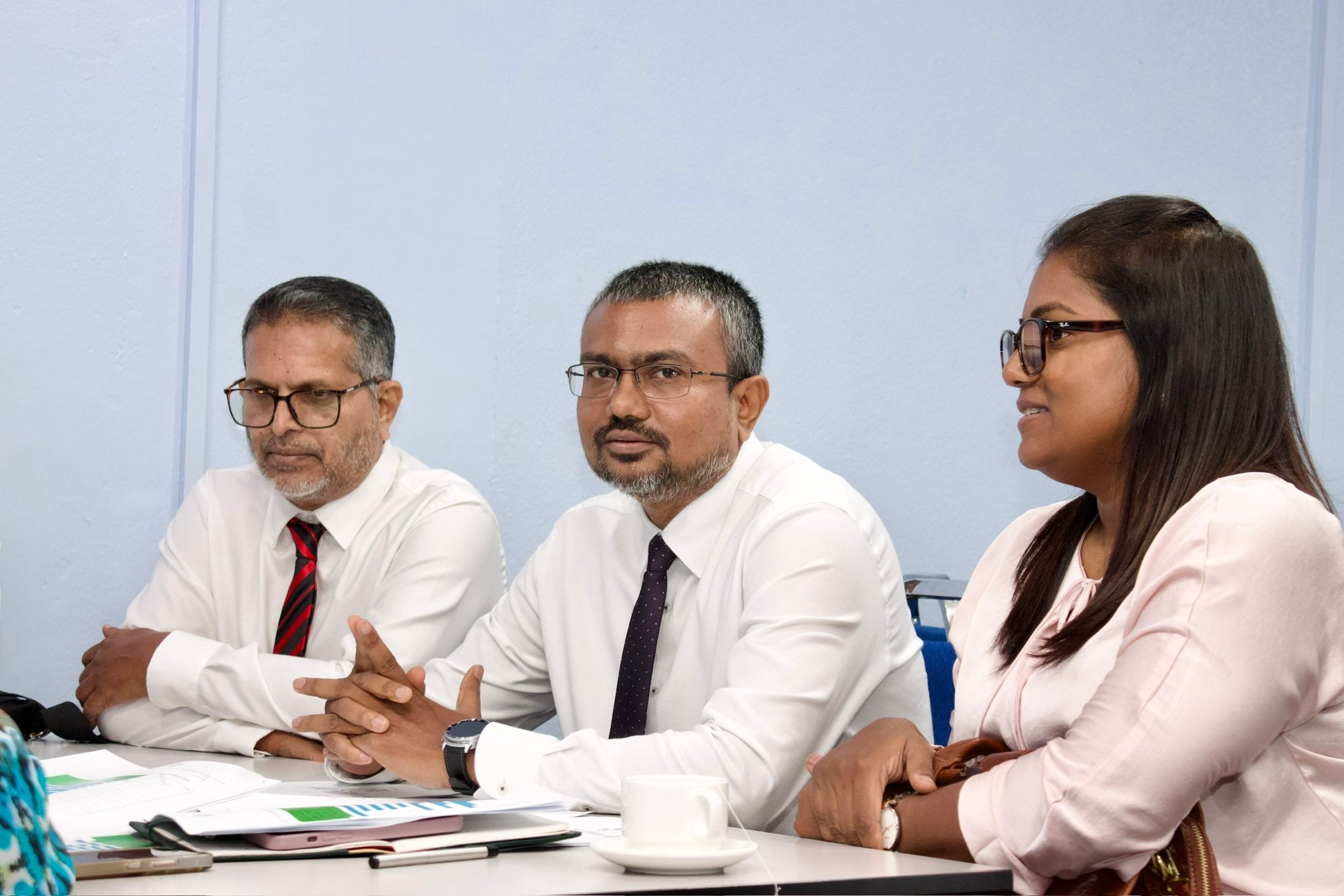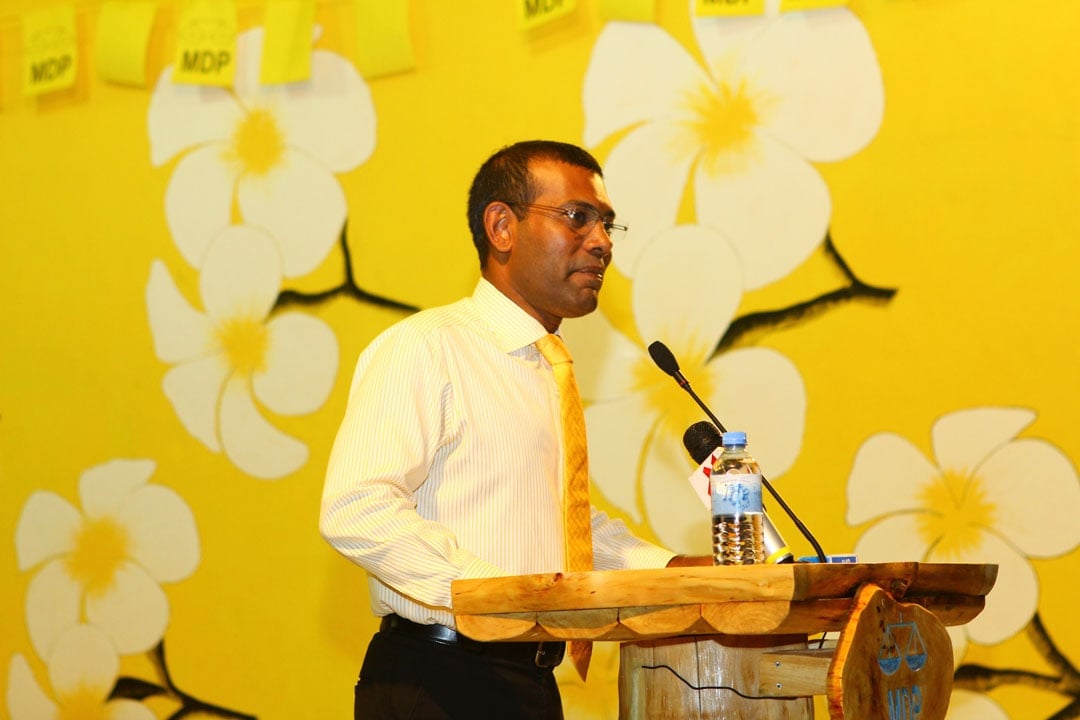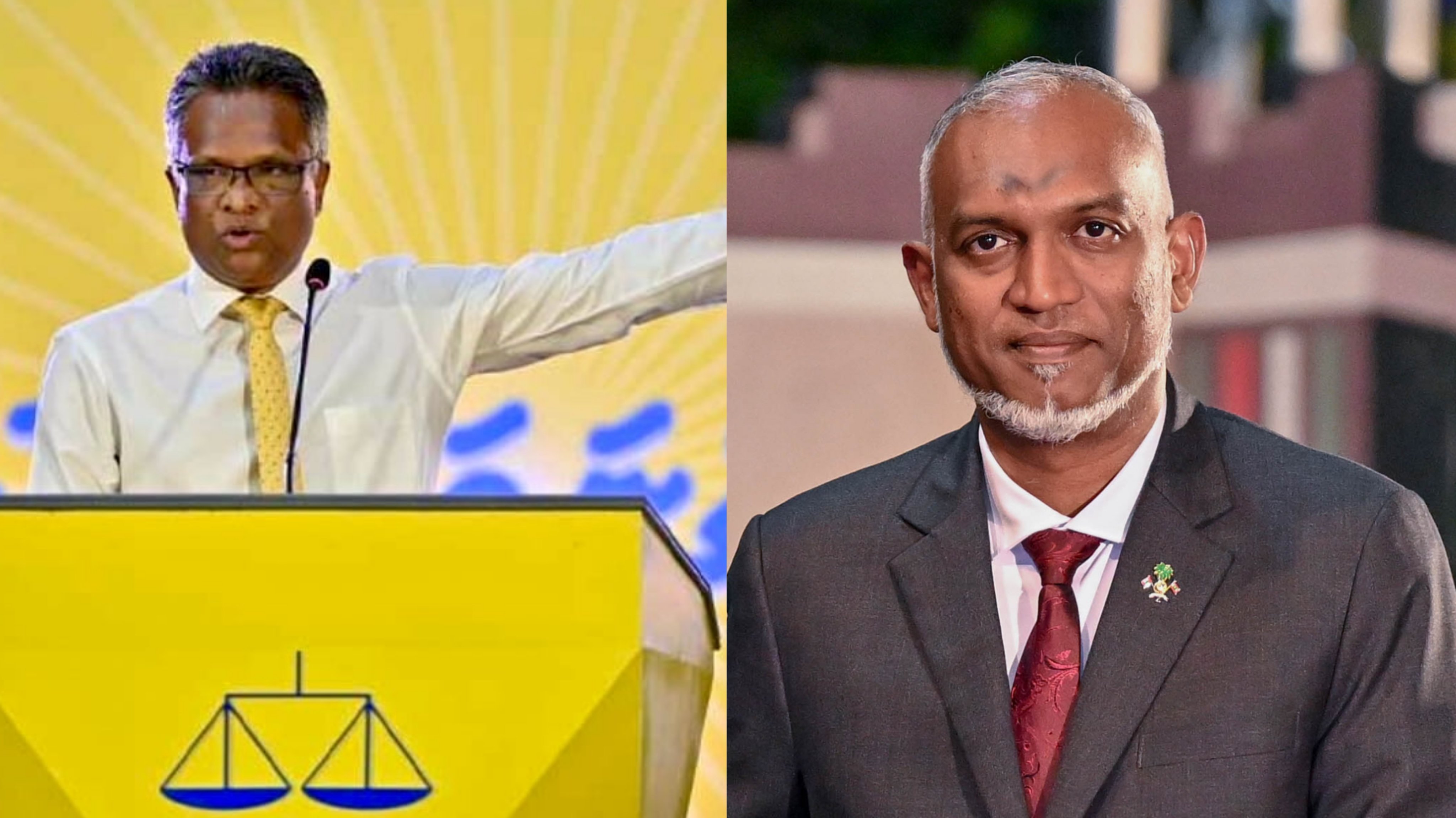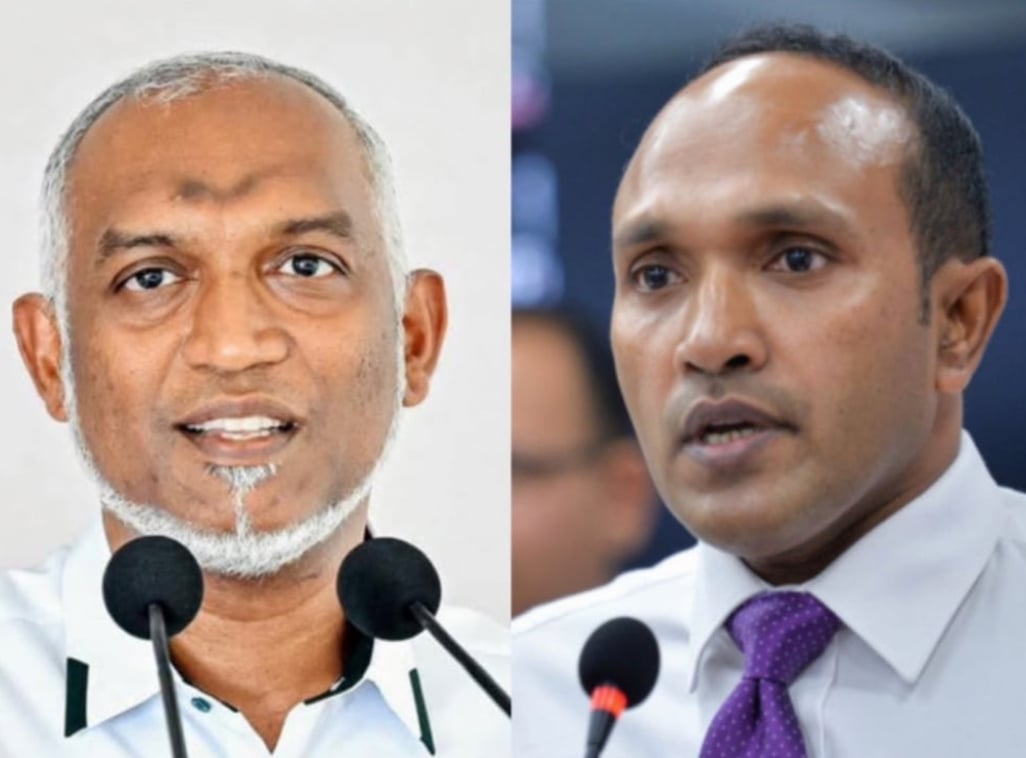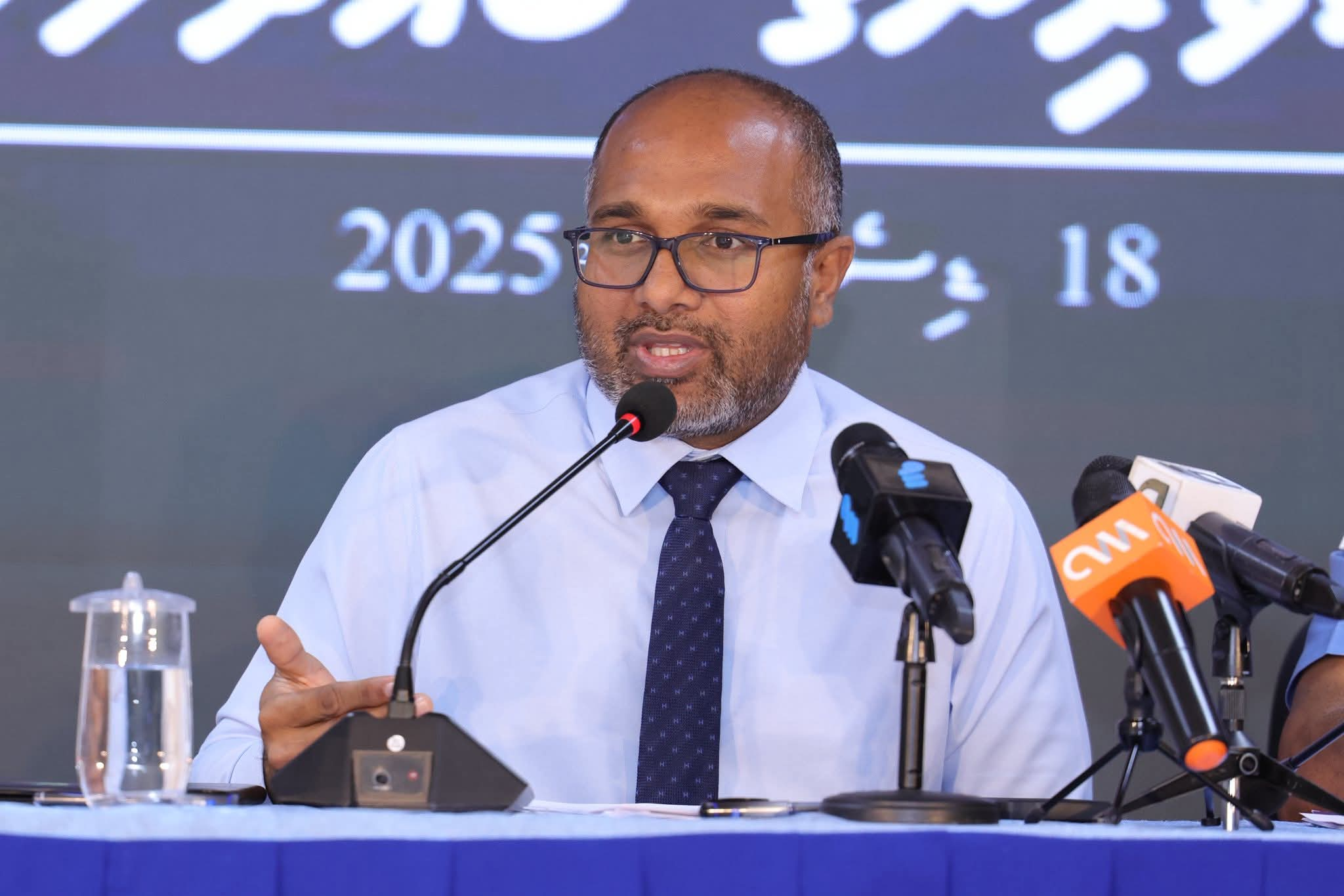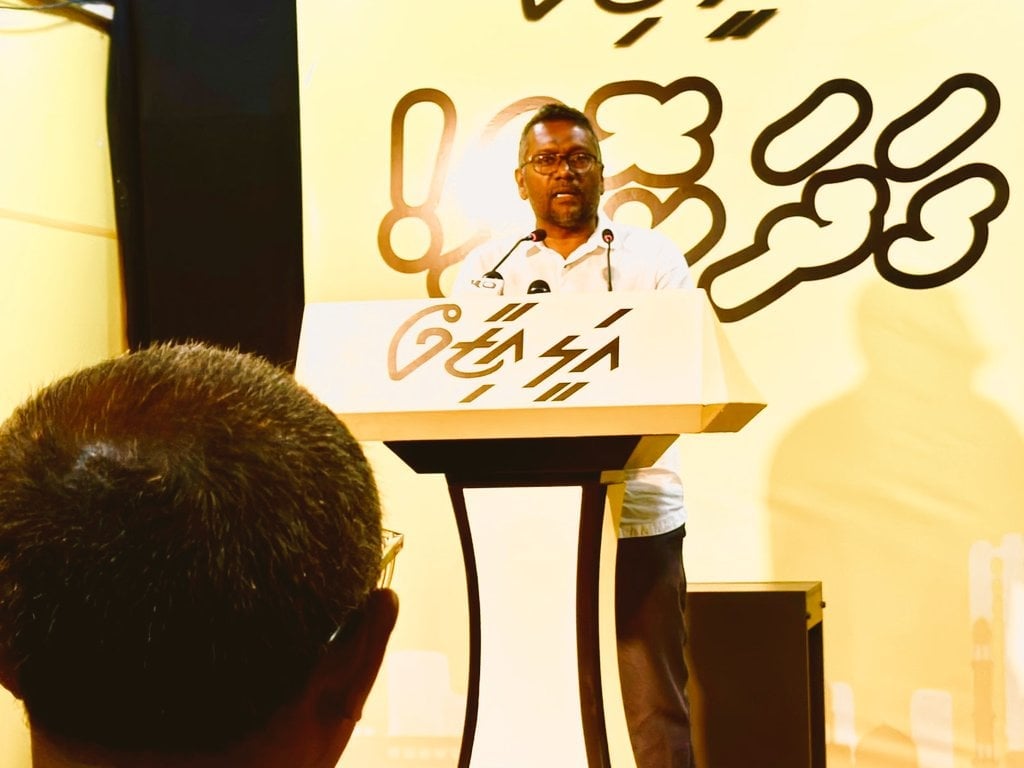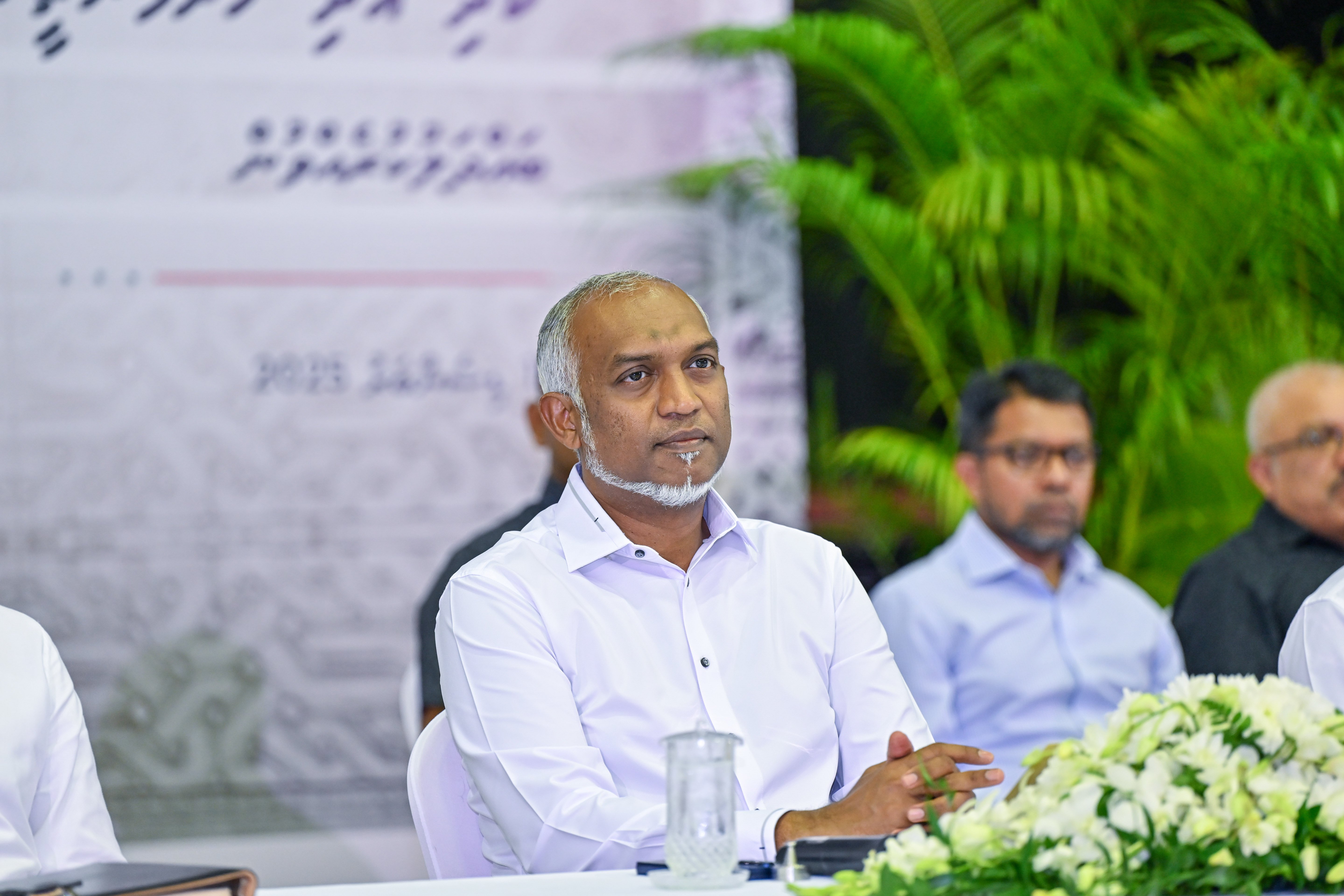The Maldives, a small island nation in the Indian Ocean, has a complex political history that includes periods with a Prime Minister as head of government, interspersed with shifts toward centralized presidential power. The current constitutional framework, established by the 2008 Constitution, vests executive authority solely in the President, eliminating the Prime Minister’s role since its abolition in 1975. However, historical precedents and ongoing political debates, particularly around the advocacy for a parliamentary system, raise the question of whether the Maldives will ever reinstate the Prime Minister position. This essay explores the historical evolution of the Prime Minister’s role, the current constitutional structure, the potential for a parliamentary system through a public referendum, and the speculative nature of identifying a future Prime Minister.
The role of the Prime Minister in the Maldives has deep historical roots, predating the nation’s first constitution in 1932. During the Sultanate, Prime Ministers were key figures in governance, leading the government under the symbolic authority of the Sultan. A notable period of constitutional experimentation occurred from 1942 to 1951, when an extraordinary amendment made the Prime Minister’s role symbolic similar to the Sultan, transferring executive power to the Minister of Home Affairs. During this time, Hassan Fareed Didi and Mohamed Amin Didi led the government as Home Ministers, effectively acting as heads of government. In 1951, the constitution was amended again, restoring the Prime Minister’s authority as head of government. This arrangement persisted into the short-lived First Republic in 1953, during which Mohamed Amin Didi held both the presidency (as head of state) and the Prime Ministership (as head of government). After the dissolution of the First Republic in 1954, the Sultanate was restored, and Sultan Mohamed Fareed appointed Ibrahim Faamudheyri Kilegefaanu as Prime Minister to lead the government. In 1957, political pressure led to Kilegefaanu’s resignation, and Ibrahim Nasir was appointed Prime Minister, a role he held until 1968.
In 1968, Ibrahim Nasir oversaw the establishment of the Second Republic, transitioning the Maldives to a presidential system where all executive power was consolidated in the President’s office. However, in 1972, the Prime Minister’s office was briefly reintroduced, a move that weakened Nasir’s political position by diffusing executive authority. Facing growing political dissent and anti-Nasir sentiments, he abolished the Prime Minister’s office in 1975, reasserting full control as President. This marked the end of the Prime Minister’s role in Maldivian governance, a structure that has persisted under the 2008 Constitution. Today, the President, currently Mohamed Muizzu (elected in 2023), serves as both head of state and head of government, with no constitutional provision for a Prime Minister.
The reinstatement of a Prime Minister would require a fundamental shift to a parliamentary system, necessitating a constitutional amendment and, most likely, a public referendum. The drafting of the 2008 Constitution provides a precedent for this process. During that time, a referendum was held to decide between a presidential and a parliamentary system. The Maldivian Democratic Party (MDP), led by Mohamed Nasheed, the first democratically elected President, advocated for a parliamentary system with a Prime Minister as head of government. However, then-President Maumoon Abdul Gayoom, who had ruled for 30 years, campaigned successfully for the presidential system, which was adopted. Seventeen years later, evolving public sentiment and democratic experiences may create an opportunity for revisiting this decision. Nasheed continue to champion a parliamentary system, arguing that it would enhance accountability and distribute power more equitably than the current centralized presidential model.
A transition to a parliamentary system in the Maldives would depend on several factors. Under the 2008 Constitution, amendments require a three-fourths majority in the People’s Majlis (Parliament). The political will for such reform would depend on the Majlis’s composition, particularly the influence of the People’s National Congress (PNC), which currently holds a supermajority, and the opposition Maldivian Democratic Party (MDP), alongside public support. The Maldives’ democratic journey since 2008, characterised by competitive elections and periodic political instability, has heightened public awareness of governance models. Concerns over economic challenges and centralised presidential power could persuade voters to favour a parliamentary system in a future referendum. Nevertheless, opposition from factions benefiting from the current presidential system, as observed in 2008, could present significant obstacles.
Speculating on the identity of a future Prime Minister is challenging, as the position does not currently exist. If the Maldives were to adopt a parliamentary system, the Prime Minister would likely be the leader of the majority party or coalition in the Majlis. Potential candidates could include prominent figures like Mohamed Nasheed, given his longstanding advocacy for a parliamentary system, or emerging leaders from the MDP, PNC, or other parties, depending on the political landscape at the time. The selection would be determined by parliamentary elections, coalition dynamics, and public sentiment, making it impossible to predict with certainty without a constitutional shift.
In conclusion, the Maldives’ history reflects a fluctuating role for the Prime Minister, from a powerful head of government before 1932, through periods of symbolic and restored authority, to its abolition in 1975. The current presidential system, entrenched by the 2008 Constitution, makes the immediate return of a Prime Minister unlikely. However, the precedent of a public referendum, combined with advocacy from figures like Mohamed Nasheed and evolving public attitudes, suggests that a parliamentary system could be reconsidered. Such a change would require significant political momentum and public approval through a referendum. Until then, the presidency remains the cornerstone of Maldivian governance, and the question of a future Prime Minister remains speculative.
The role of the Prime Minister in the Maldives has deep historical roots, predating the nation’s first constitution in 1932. During the Sultanate, Prime Ministers were key figures in governance, leading the government under the symbolic authority of the Sultan. A notable period of constitutional experimentation occurred from 1942 to 1951, when an extraordinary amendment made the Prime Minister’s role symbolic similar to the Sultan, transferring executive power to the Minister of Home Affairs. During this time, Hassan Fareed Didi and Mohamed Amin Didi led the government as Home Ministers, effectively acting as heads of government. In 1951, the constitution was amended again, restoring the Prime Minister’s authority as head of government. This arrangement persisted into the short-lived First Republic in 1953, during which Mohamed Amin Didi held both the presidency (as head of state) and the Prime Ministership (as head of government). After the dissolution of the First Republic in 1954, the Sultanate was restored, and Sultan Mohamed Fareed appointed Ibrahim Faamudheyri Kilegefaanu as Prime Minister to lead the government. In 1957, political pressure led to Kilegefaanu’s resignation, and Ibrahim Nasir was appointed Prime Minister, a role he held until 1968.
In 1968, Ibrahim Nasir oversaw the establishment of the Second Republic, transitioning the Maldives to a presidential system where all executive power was consolidated in the President’s office. However, in 1972, the Prime Minister’s office was briefly reintroduced, a move that weakened Nasir’s political position by diffusing executive authority. Facing growing political dissent and anti-Nasir sentiments, he abolished the Prime Minister’s office in 1975, reasserting full control as President. This marked the end of the Prime Minister’s role in Maldivian governance, a structure that has persisted under the 2008 Constitution. Today, the President, currently Mohamed Muizzu (elected in 2023), serves as both head of state and head of government, with no constitutional provision for a Prime Minister.
The reinstatement of a Prime Minister would require a fundamental shift to a parliamentary system, necessitating a constitutional amendment and, most likely, a public referendum. The drafting of the 2008 Constitution provides a precedent for this process. During that time, a referendum was held to decide between a presidential and a parliamentary system. The Maldivian Democratic Party (MDP), led by Mohamed Nasheed, the first democratically elected President, advocated for a parliamentary system with a Prime Minister as head of government. However, then-President Maumoon Abdul Gayoom, who had ruled for 30 years, campaigned successfully for the presidential system, which was adopted. Seventeen years later, evolving public sentiment and democratic experiences may create an opportunity for revisiting this decision. Nasheed continue to champion a parliamentary system, arguing that it would enhance accountability and distribute power more equitably than the current centralized presidential model.
A transition to a parliamentary system in the Maldives would depend on several factors. Under the 2008 Constitution, amendments require a three-fourths majority in the People’s Majlis (Parliament). The political will for such reform would depend on the Majlis’s composition, particularly the influence of the People’s National Congress (PNC), which currently holds a supermajority, and the opposition Maldivian Democratic Party (MDP), alongside public support. The Maldives’ democratic journey since 2008, characterised by competitive elections and periodic political instability, has heightened public awareness of governance models. Concerns over economic challenges and centralised presidential power could persuade voters to favour a parliamentary system in a future referendum. Nevertheless, opposition from factions benefiting from the current presidential system, as observed in 2008, could present significant obstacles.
Speculating on the identity of a future Prime Minister is challenging, as the position does not currently exist. If the Maldives were to adopt a parliamentary system, the Prime Minister would likely be the leader of the majority party or coalition in the Majlis. Potential candidates could include prominent figures like Mohamed Nasheed, given his longstanding advocacy for a parliamentary system, or emerging leaders from the MDP, PNC, or other parties, depending on the political landscape at the time. The selection would be determined by parliamentary elections, coalition dynamics, and public sentiment, making it impossible to predict with certainty without a constitutional shift.
In conclusion, the Maldives’ history reflects a fluctuating role for the Prime Minister, from a powerful head of government before 1932, through periods of symbolic and restored authority, to its abolition in 1975. The current presidential system, entrenched by the 2008 Constitution, makes the immediate return of a Prime Minister unlikely. However, the precedent of a public referendum, combined with advocacy from figures like Mohamed Nasheed and evolving public attitudes, suggests that a parliamentary system could be reconsidered. Such a change would require significant political momentum and public approval through a referendum. Until then, the presidency remains the cornerstone of Maldivian governance, and the question of a future Prime Minister remains speculative.











